|
The Japanese Bridge is about as photo-friendly as it gets, a fact that couples planning to tie the knot have clearly noticed. You'll find pre-wedding photo shoots all over the river at night. One of the pitfalls of working as a travel writer is that I spend a great deal of time reading about all the fabulous places other people have gone. So even though I’ve seen my fair share of the world, I perpetually find myself suffering from itchy-foot-syndrome wondering where I ought to go next and how soon I can hop on a plane. I’ve felt this way about Vietnam’s long, amber-sand coastline for ages. Friends and former Vietnam expats raved about the food, the resorts, the postcard-ready, palm-fringed landscapes and although I had no right to feel envious, I absolutely did. When a recent trip presented itself, I jumped at the chance and boarded a domestic flight from Ho Chi Minh City (spectacular in its own right, but let’s focus here). While I could have easily camped out on my resort’s kilometer of private beach for a week, one of the highlights of my visit was the few days I spent in Hoi An. Conical hats will never go out of style. Some background A "candid" moment releasing Hoi An's famous floating lanterns. Hoi An (or Hội An, if you want to be fancy and use diacritics) was once a powerful port town and key stop on the spice trade route, thanks to the Portuguese, Chinese and Japanese. Much of the historic 18th-century architecture survives to this day, which is why the Old Quarter bears UNESCO World Heritage status. While the old area is admittedly touristy, it’s also undeniably beautiful and one of Vietnam’s more approachable historical attractions. Life during the day is sluggish along the muddy waters of the Thu Bồn River, but picks up considerably as temperatures drop in the evenings. When the sun sets, a rainbow of paper lanterns lights up the area and street vendors line the river banks. I’m told it’s particularly lovely around the lunar lantern festival, but there’s still plenty to see during the rest of the month. Lanterns are on display throughout the month, but especially common during the lunar lantern festival. Where to eat Mangosteens, rambutans, lychees and rose apples at an evening street market. The streets I ate maybe 20 (or more) of these between meals. They're that addictive. It almost goes without saying that much of Vietnam’s best food can be found outside the confines of a restaurant. Hawkers selling intensely fragrant, turmeric-tinted lemongrass chicken skewers and cau lau, the local specialty of fat, toothsome noodles topped with pork and fried wonton crisps, can be found everywhere. Pull up a tiny red stool and dig in. My first bowl of cau lau with all the essential fixings. Women selling fresh fruit line virtually every street. Nu Eatery This hole-in-the-wall specializes in slightly unconventional twists on Vietnamese cuisine. I normally balk at the word “fusion,” especially on this side of the world, but the chile-lime shrimp on shrimp crackers and pineapple salad were quite good. Seasonal ingredients and rotating menus make this a cut above many of the surrounding tourist traps. Miss Ly Cafe Although this came highly recommended, I wasn’t that impressed, to be honest. I had some perfectly respectable steamed fish in a banana leaf and liked the ambiance though. Mango Mango Something of an institution in town, this contemporary Vietnamese spot has a terrific view of the river. The owner, Duc Tran, is a local legend and always willing to share tall tales of his world travels when in town. Getting in and around Dusk falls and the lanterns start to glow. If you’re planning a grand tour of the country, domestic flights from Hanoi and Ho Chi Minh City are affordable and run constantly, though you can also fly directly into Danang International Airport. Note that Vietnam’s visa policy is rather unusual and has recently changed for U.S. citizens. Many nationalities need to apply in advance either online or at an embassy. Personally, I would recommend the latter, as it allows you to bypass a significant line at immigration in the airport. Taxis are plentiful in the area and the only means of transportation, short of renting a car or a motorbike. Fares tend to be higher than in Thailand, but still much lower than in Western countries. To avoid getting ripped off by a counterfeit taxi, stick to the Mai Linh and Vinasun brands, which are usually green or white, and make sure the driver turns on the meter. Once you're in the Old Quarter, getting around is easy. Pay the entrance fee at one of the designated stations (though tickets are seldom checked and it's probably possible to weasel out, the money goes to help maintain the historic buildings) and wander the pedestrian-only streets on foot or by bicycle. Dozens of small and large riverboats also offer tours or will cruise along for a few dong. A cruise down the river on any one of the hundreds of watercraft is a cheap, easy way to take in the shoreline without walking. Where to stay And to think this was built before Instagram even existed... This was a business trip and I stayed at The Nam Hai, which is nothing short of spectacular. There are, of course, more budget-friendly options in the area, but if you’re willing to splash out, this 100-villa property offers a sprawling stretch of private seashore and one of the most photogenic (Olympic-sized!) infinity pools I’ve ever seen. While the design itself is stunning, what won me over were all the thoughtful little extras—your cappuccino comes with a cinnamon stick covered in caramelized rock sugar for stirring, breakfast includes a DIY Bloody Mary bar, mango-passion fruit bellinis, a fresh sheet of honeycomb to accompany your cheeses, and a dizzying array of made-to-order options—thrown in everywhere. When I visited, renovations were underway to convert the place into a Four Seasons in December, at which point I imagine it will be even more worth the trip. The Nam Hai is so pretty I could've easily just posted a dozen pictures of the resort. Sunset on The Nam Hai's long, remarkably empty private beach.
3 Comments
|
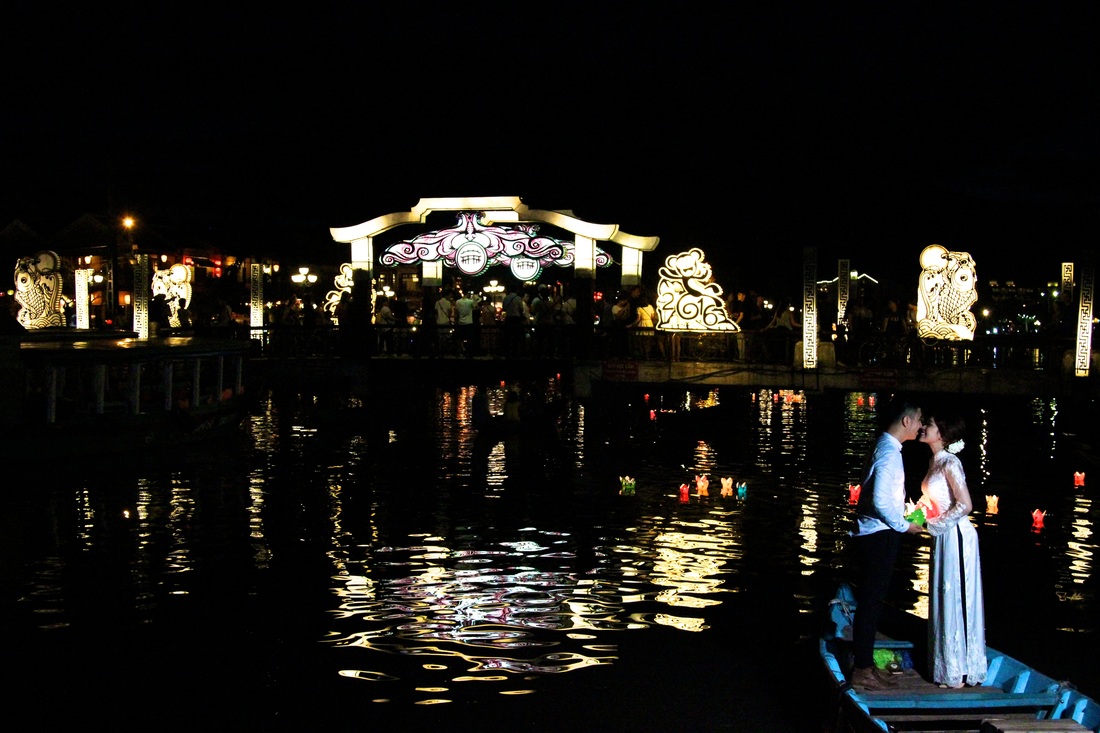
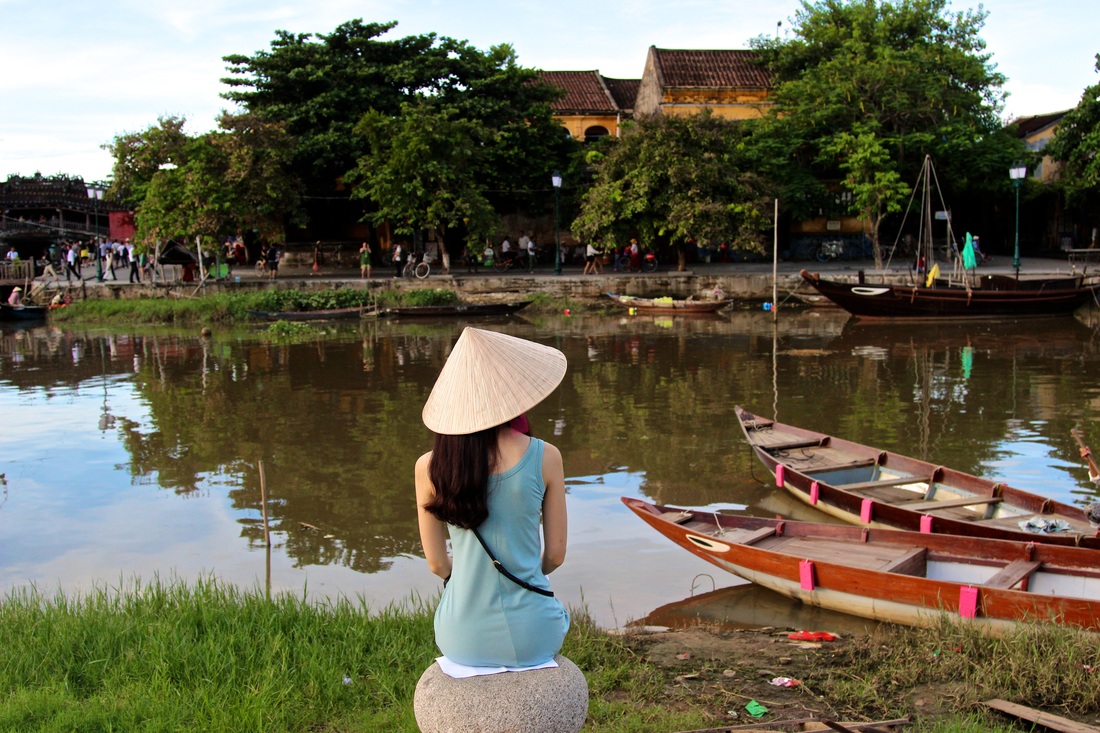
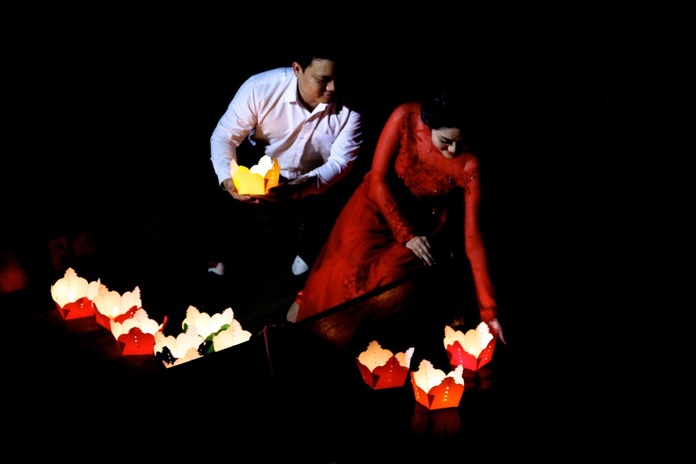
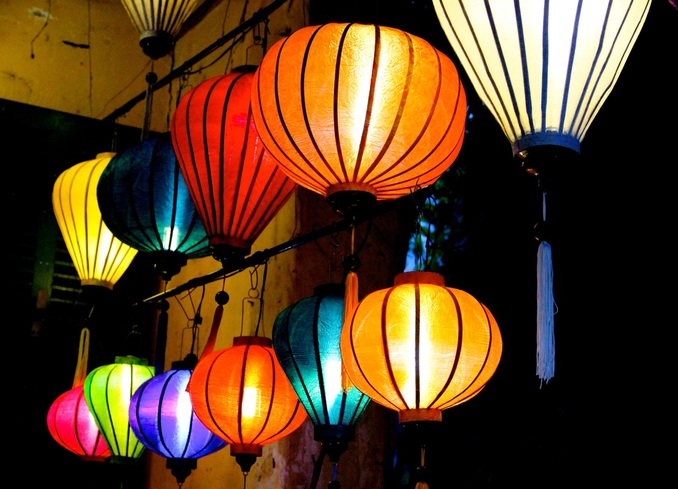
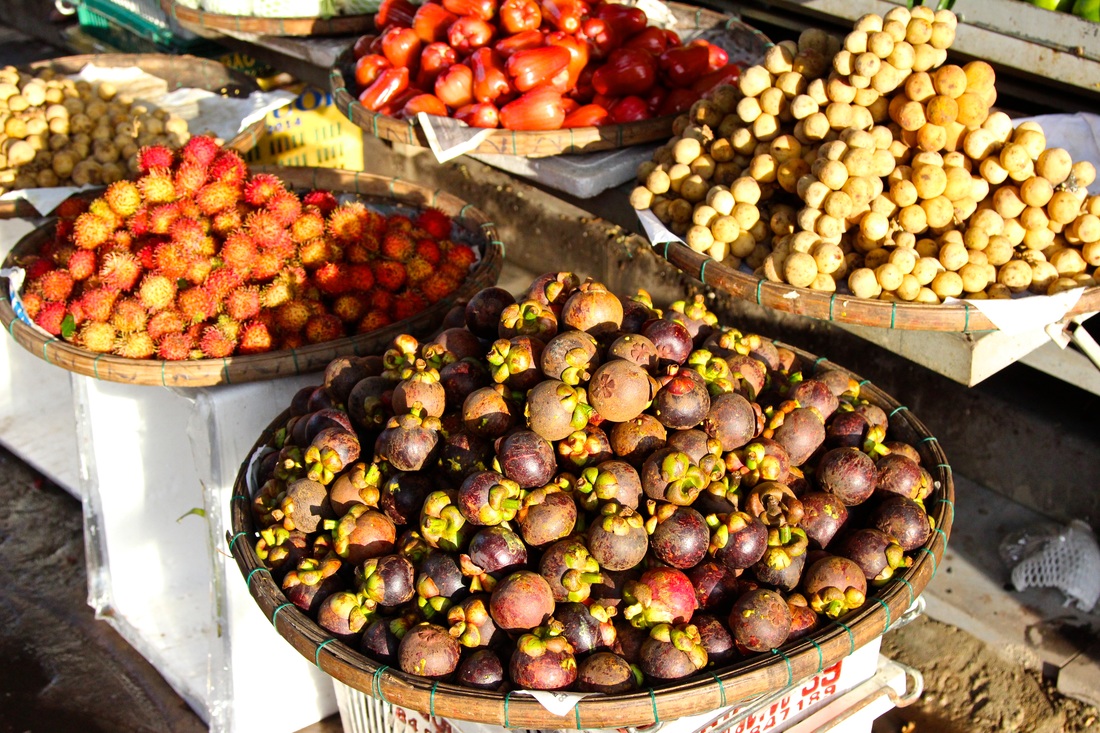
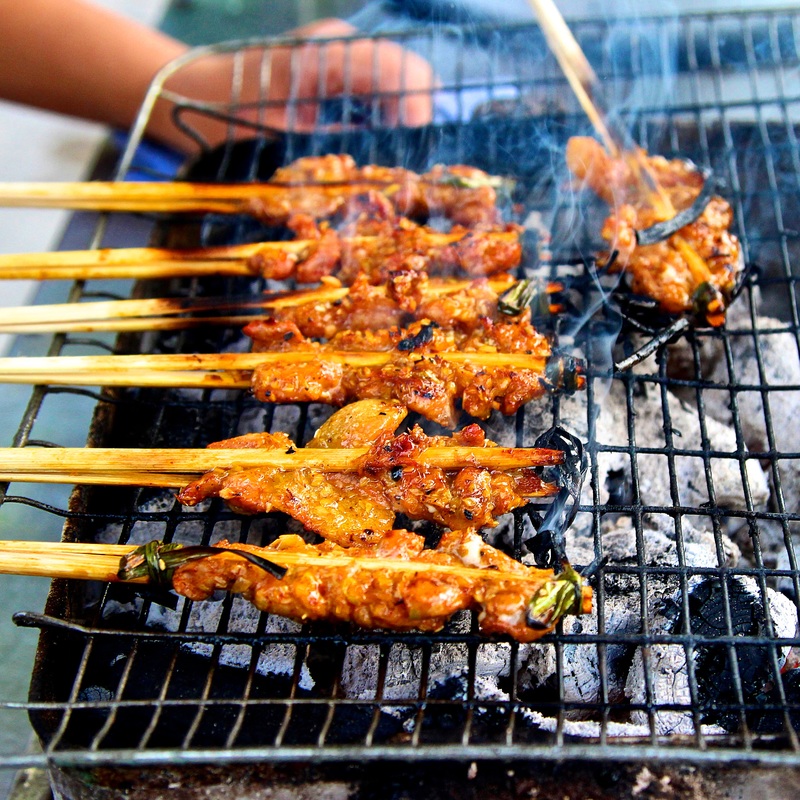
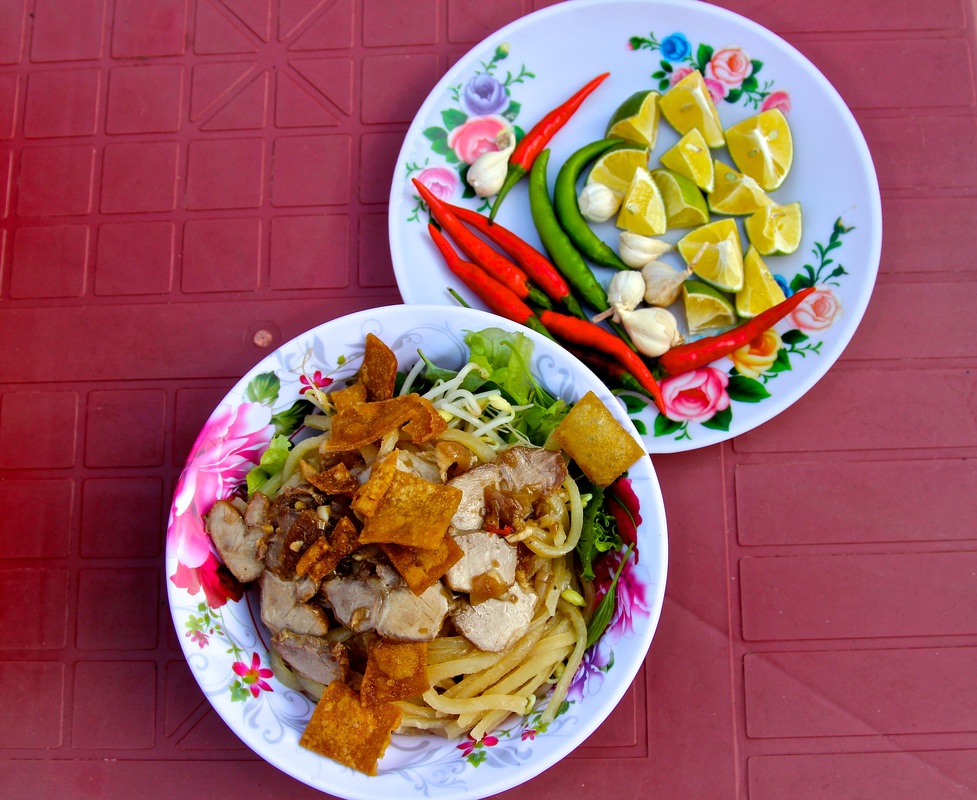
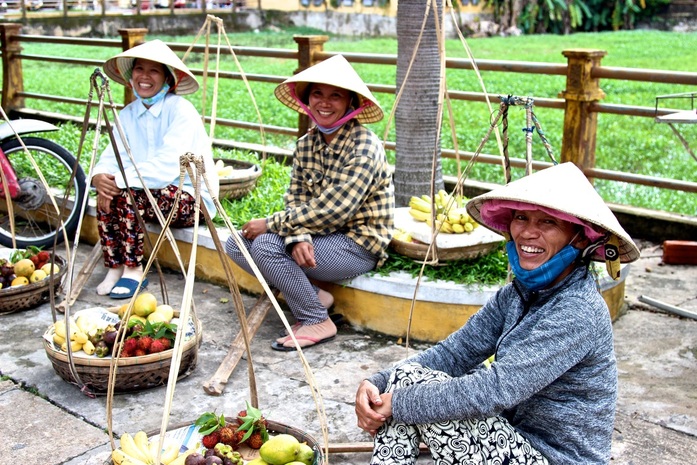
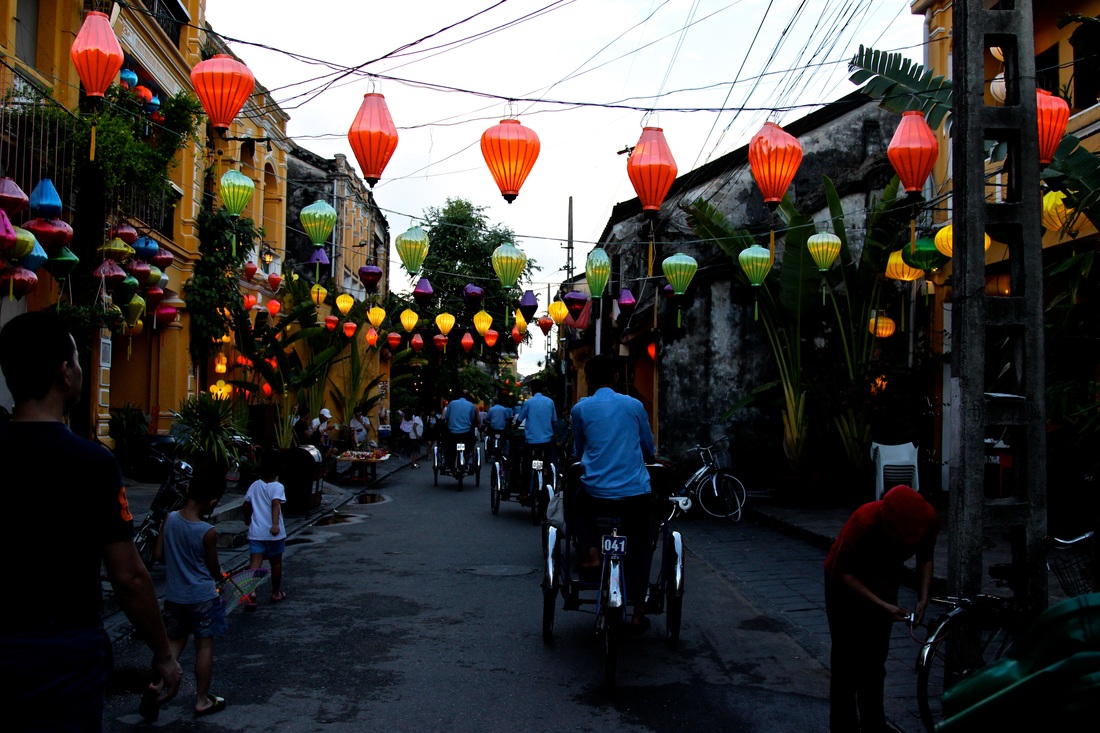
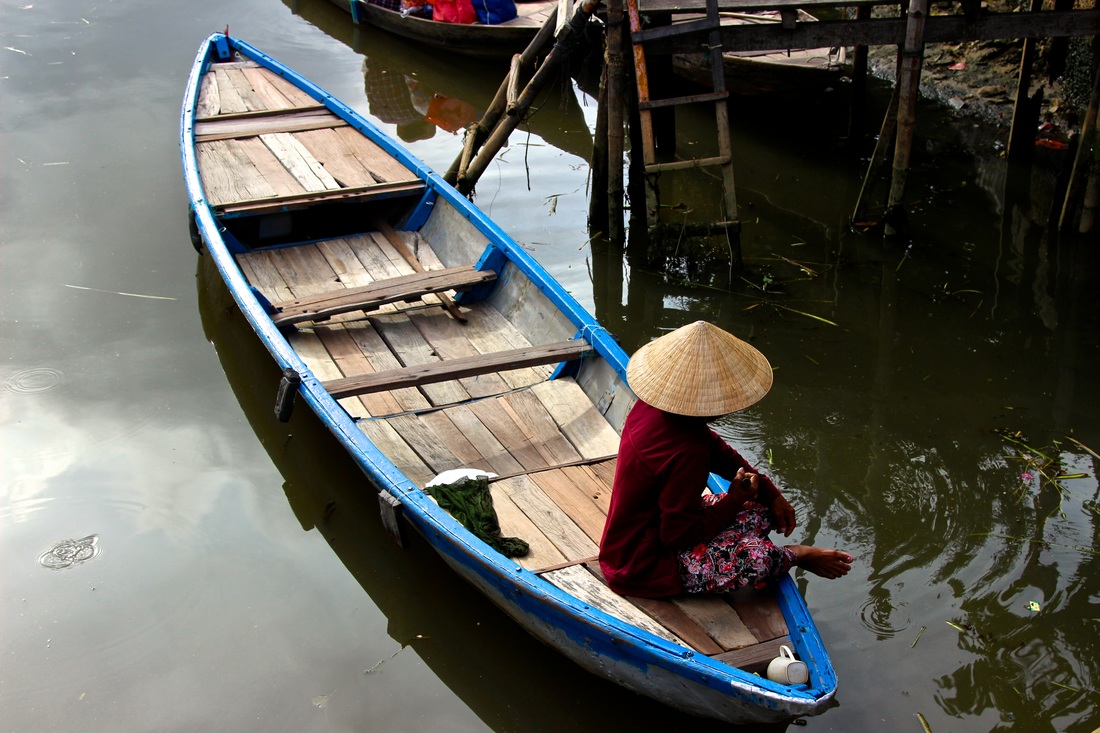
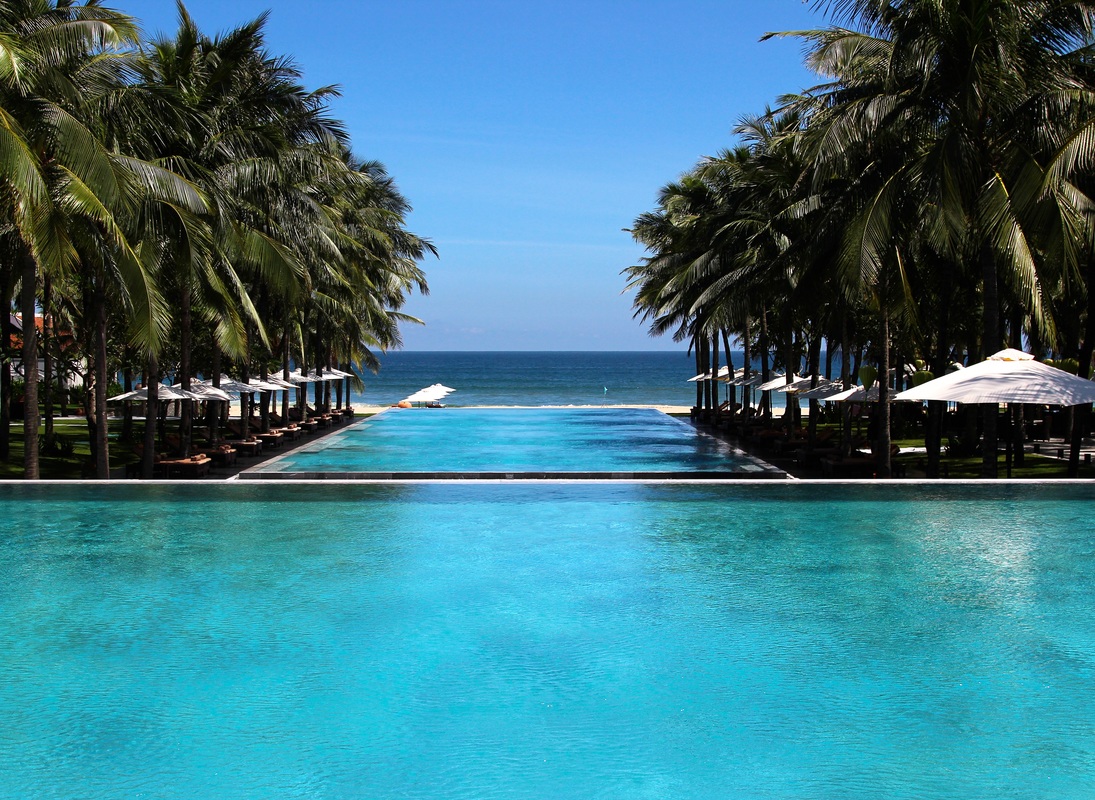
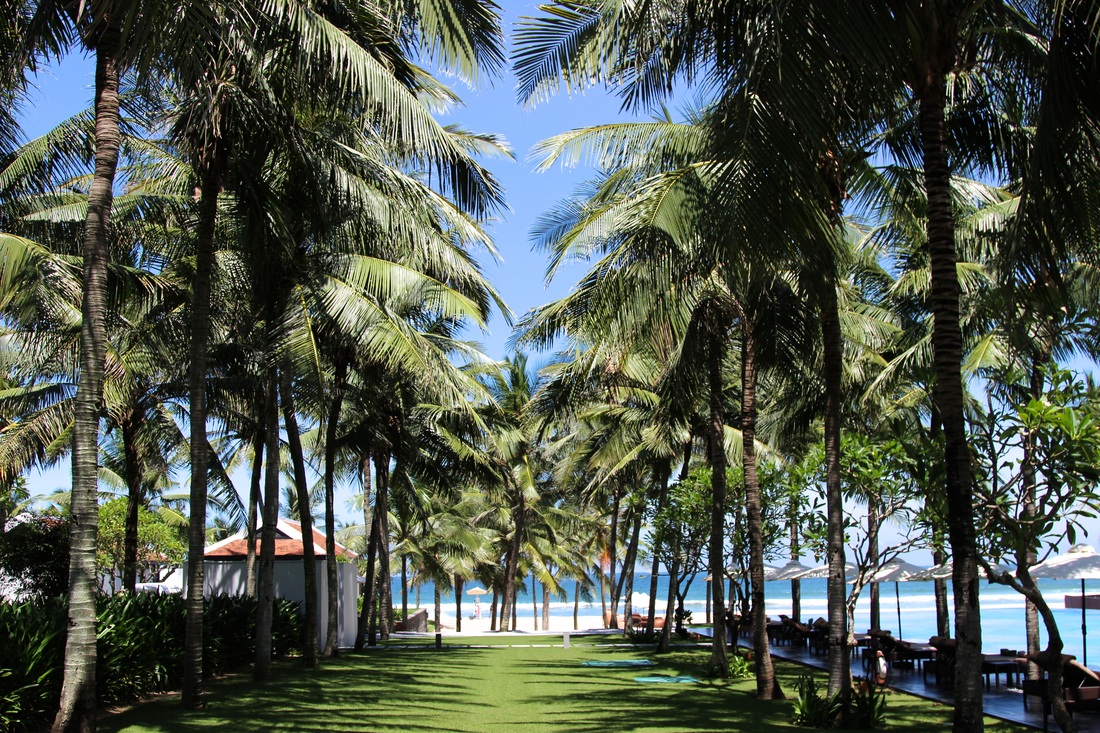
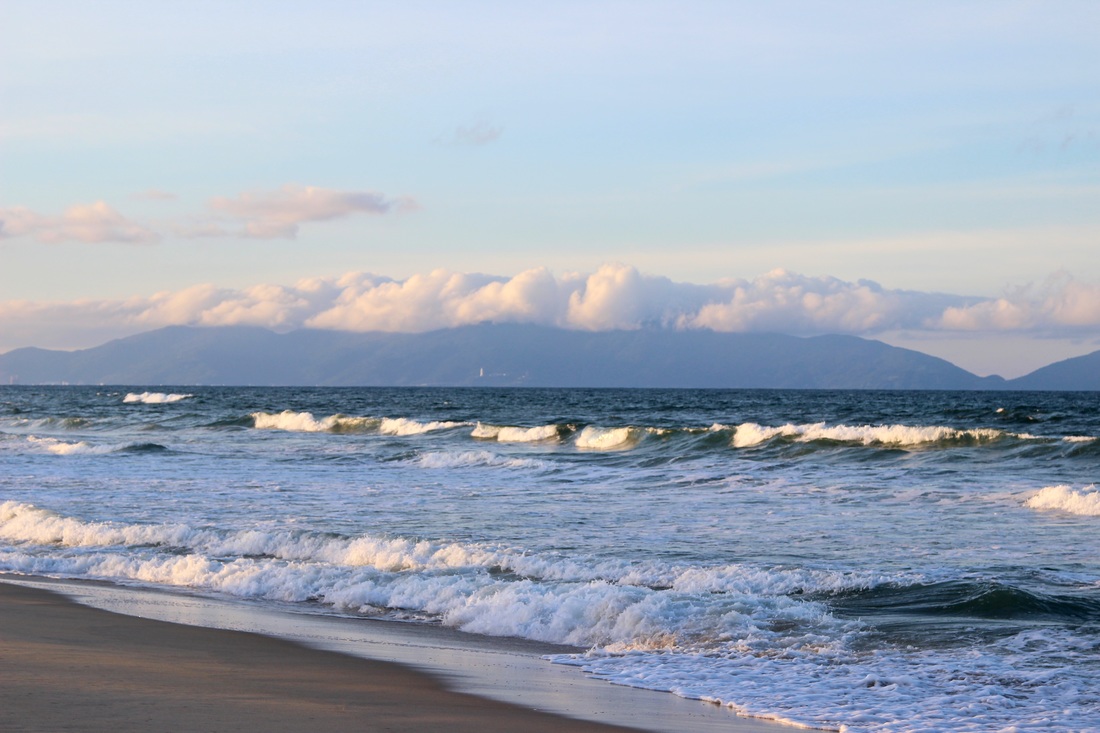
 RSS Feed
RSS Feed